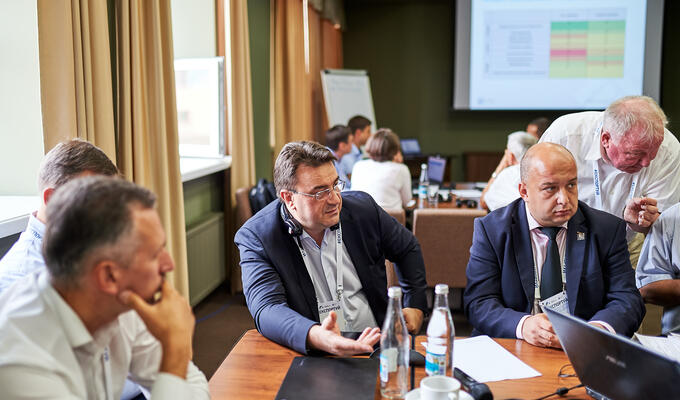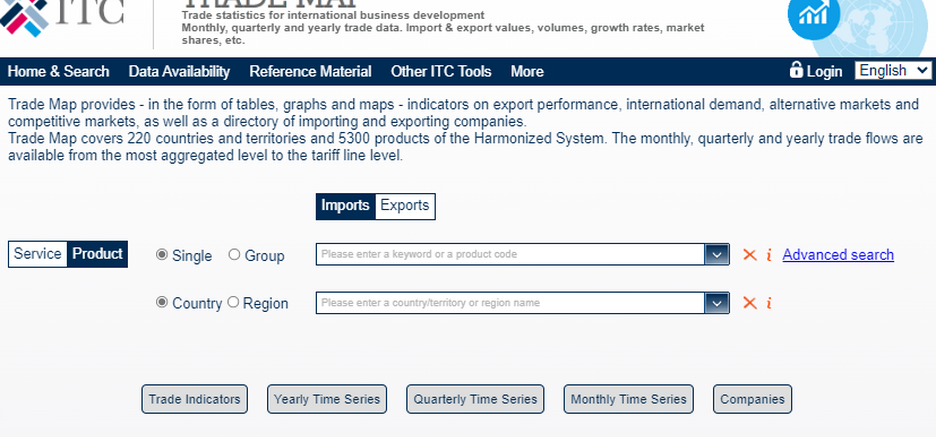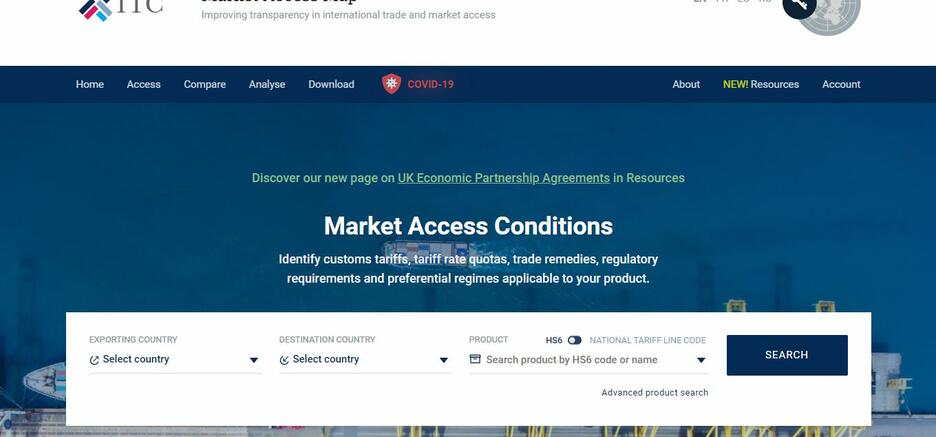


How ITC designs strategies
Empowering partner countries to develop, manage, and implement home-grown trade strategies
ITC's approach gives partner countries the experience to design and implement their own strategies. We work hard to train our counterparts in our process and methodology. Country ownership and technical assistance are built into the process.
Our approach is highly inclusive and participative. Anyone interested in trade is welcomed into the design process. We host frank and honest discussions among policymakers, trade support institutions, businesses, and civil society.
ITC-facilitated strategies are designed by the country, for the country. Our strategies are built on cutting-edge research and the best of existing national plans and policies.
We focus on how to maximize export potential in current and projected market conditions. To achieve the goals, our strategies define what needs to be done, by whom, by what date, and with what resources.

Seven guiding principles place our partner countries' interests at the centre of conceiving, managing, and executing the strategy. ITC-facilitated strategies don't end up on a shelf, but are put into action to drive socio-economic development.
Country ownership |
How the strategy is made is just as important as what it says. The key to this process is ownership. Everyone who manages, implements, or benefits from the strategy needs a role in creating it. ITC’s approach empowers partner countries to set their own priorities and build their own strategy. We have a well-established methodology, with ready advice on how to use it. |
Inclusive and participative |
The best strategies result from discussions between policymakers, institutions, enterprises, and civil society. Our strategies rely on full engagement from everyone interested in export development and competitiveness. |
Integrates existing policies and plans |
Strategies build on findings and recommendations from existing plans, policies and strategies to avoid duplication. This ensures continuity and consistency with government objectives. |
Comprehensive scope |
Trade touches the entire economy, so our philosophy tackles every issue that impedes our partner countries' competitiveness. These include supply-side constraints, the business environment, market entry requirements, and developmental issues. |
Needs-based, market-driven priorities |
Resources are limited, so we focus on priorities that achieve maximum impact. That means working on areas with the best prospects for small businesses and export development. |
Capacity building |
One of our principal objectives is to empower partner countries to formulate, manage, and implement their own trade development strategies. ITC builds capacity in country, developing the skills needed to design strategies without outside assistance. |
Specific and measurable |
ITC-facilitated strategies define what should be done, by whom, by what date, and with what resources. With clearly specified targets and impact measures, commitments are verifiable within a transparent and collaborative framework. This accountability promotes transparency and collaboration in our partner countries. |

ITC works with partner countries to develop unique strategies tailored to their needs and goals.
Assessment |
Specialized audits provide an understanding of the country's current position, performance, and competitiveness. A review of existing development plans and strategies ensure consistency with government objectives. |
Identification |
Working with policymakers, support institutions, enterprises and development partners, the strategy identifies both constraints and opportunities for exports. |
Prioritization |
We identify the best opportunities for sustainable growth, both among sectors and among trade support functions. That's how the strategy decides how to improve the business environment. |
Design and action planning |
The national export strategy sets out an agreed plan of action between policymakers, institutions, enterprises and civil society. This sets targets and timelines, allocates activities, and assigns implementers. |
Implementation |
After the design, ITC’s assistance continues through our strategy implementation management programme. ITC provides tools and support to enable countries to strengthen institutional capacities, guide implementation, and manage resources. |
Trade touches on all parts of the economy. Our strategy design philosophy tackles all issues that keep our partner countries from competing internationally. These include supply-side constraints, the quality of the business environment, market entry requirements, and developmental issues.
Supply-side capacities
Supply issues affect how countries can take advantage of international trade opportunities. Capacity development looks at productivity, volume, quality and value addition. Capacity diversification involves producing new products or services. Human capital development generates and continuously upgrades vocational and technical training services.
Quality of the business environment
Regulatory and administrative procedures can delay or dissuade exports. The cost of doing business, regulations, administrative procedures and documentation requirements all affect the business environment. Institutional support for potential exports and investors is also key.
Market entry
Negotiation of market access and policy reforms sets out conditions for entering markets and effectively managing external trade policy. Tariffs, non-tariff barriers and related issues are assessed for the country’s medium- to long-term export prospects. National promotion and branding raises the country’s profile by building and reinforcing its international image to boost exports and inward investments. In-market support facilitates trade by coordinating export promotion activities, disseminating trade information, and identifying commercial opportunities.
Development goals
Development issues reflect how exports contribute to economic and social development. Poverty alleviation and gender issues can boost incomes with equal opportunities for men and women. Environmental sustainability and climate change adaptions can maximize synergies between environmental sustainability, exports and competitiveness. Regional development and integration involve constraints on regional economic groupings.
Our strategy design process leverages the wide variety of tools developed and maintained by ITC. These tools enable our strategy specialists to provide state-of-the-art analyses to our clients.







